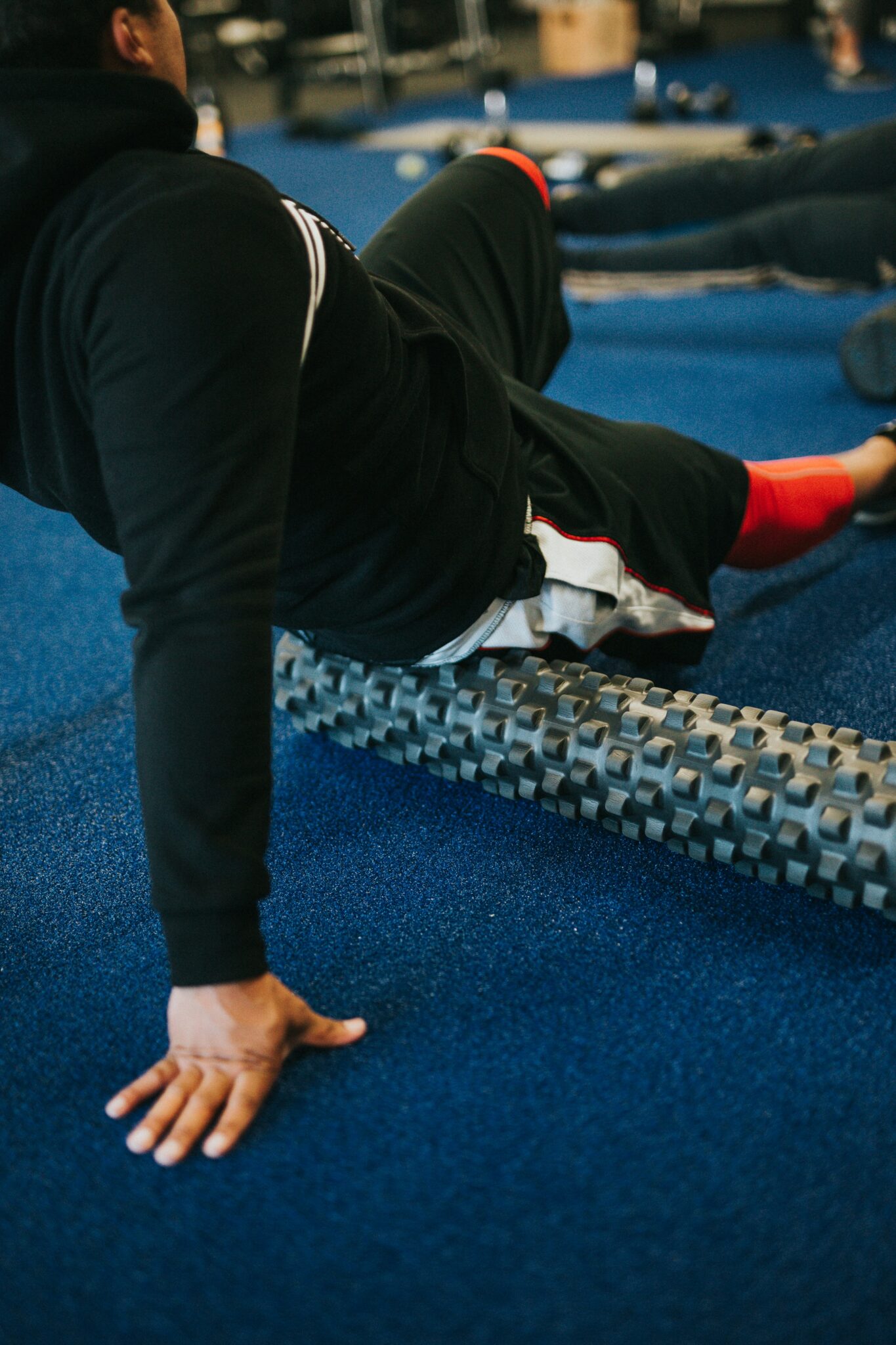Tendonitis, the inflammation of tendons, is a common ailment that can impact anyone, from athletes to office workers. Characterized by pain, swelling, and discomfort, tendonitis often results from overuse, improper technique, or underlying health conditions. This article explores practical strategies to prevent and address tendonitis, empowering individuals with effective tools for both recovery and long-term prevention.
Understanding Tendonitis:
- Identifying Risk Factors:
- Recognizing potential risk factors is crucial. Overuse or repetitive movements, poor biomechanics, inadequate warm-up, sudden increases in physical activity, and underlying conditions like arthritis can contribute to the development of tendonitis.
- Common Types of Tendonitis:
- Tendonitis can affect various parts of the body, including the shoulders, elbows, wrists, knees, and ankles. Common types include tennis elbow (lateral epicondylitis), golfer’s elbow (medial epicondylitis), Achilles tendonitis, and rotator cuff tendonitis.
Prevention Strategies:
- Proper Warm-Up and Stretching:
- Begin any physical activity with a thorough warm-up to increase blood flow to the muscles and tendons. Include dynamic stretches that mimic the movements of the activity you’re about to engage in to prepare your tendons for the upcoming stress.
- Gradual Progression:
- Avoid sudden increases in intensity or duration of physical activity. Gradual progression allows your tendons to adapt to the demands placed on them, reducing the risk of overuse and inflammation.
- Maintain Good Biomechanics:
- Pay attention to your form and biomechanics during activities. Poor posture or improper technique can lead to increased stress on tendons. Seek guidance from a coach or fitness professional to ensure proper form.
- Cross-Train and Vary Activities:
- Engage in cross-training and vary your physical activities to prevent overuse of specific tendons. This not only provides a more balanced approach to fitness but also reduces the repetitive stress on particular areas.
- Strength Training and Conditioning:
- Include strength training exercises that target the muscles surrounding your tendons. Strengthening the supporting muscles can enhance stability and reduce strain on the tendons during movement.
- Proper Equipment:
- Ensure that you are using appropriate equipment for your activities. Proper footwear, ergonomic tools, and sports equipment that suits your body and activity level can contribute to injury prevention.
- Adequate Rest and Recovery:
- Allow your body sufficient time to rest and recover between intense workouts or activities. Adequate rest is crucial for the repair and regeneration of tissues, including tendons.
Addressing Tendonitis:
- R.I.C.E Protocol:
- Follow the R.I.C.E protocol (Rest, Ice, Compression, Elevation) immediately after experiencing pain or inflammation. This helps reduce swelling and provides a foundation for recovery.
- Anti-Inflammatory Medications:
- Nonsteroidal anti-inflammatory drugs (NSAIDs) may be recommended by a healthcare professional to manage pain and inflammation. However, it’s essential to consult with a medical professional before using them regularly.
- Physical Therapy:
- Seeking the guidance of a physical therapist can be instrumental in addressing tendonitis. They can provide targeted exercises, stretches, and techniques to promote healing and prevent recurrence.
- Bracing and Support:
- In some cases, using braces or supports can provide additional stability to the affected tendon during activities. This can be particularly beneficial during the recovery phase.
- Modifying Activities:
- Temporarily modifying or avoiding activities that exacerbate symptoms is crucial for recovery. Gradually reintroduce these activities as symptoms subside and with the guidance of a healthcare professional.
- Injections:
- In certain cases, medical professionals may recommend corticosteroid injections to reduce inflammation. This intervention is typically considered when conservative measures do not yield significant improvement.
Long-Term Strategies:
- Rehabilitation Exercises:
- Once the acute phase has passed, focus on rehabilitation exercises to strengthen the affected tendon and surrounding muscles. This aids in restoring function and reducing the risk of recurrence.
- Post-Recovery Conditioning:
- Gradually reintroduce physical activities with a focus on post-recovery conditioning. This involves maintaining strength, flexibility, and proper biomechanics to prevent future bouts of tendonitis.
- Regular Checkups:
- Schedule regular checkups with healthcare professionals, especially if you engage in high-impact or repetitive activities. Periodic assessments can identify potential issues early on and guide preventive measures.
- Listen to Your Body:
- Pay attention to signals from your body. If you experience persistent pain or discomfort, do not ignore it. Addressing issues promptly can prevent the development of chronic conditions.
Tackling tendonitis involves a multifaceted approach that encompasses prevention, early intervention, and long-term strategies for maintaining tendon health. By incorporating these practical tips into your lifestyle, you empower yourself to proactively address tendonitis, foster recovery, and foster a foundation for lasting well-being. Remember, consulting with healthcare professionals for personalized guidance is crucial for an effective and sustainable approach to managing and preventing tendonitis.



